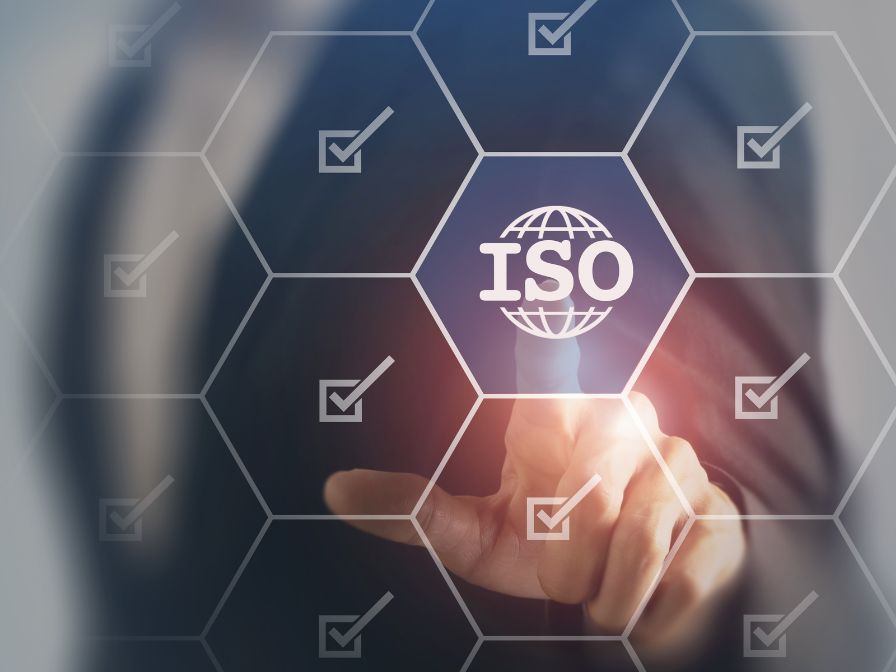
This article is the second part of a two-part series on a recent Volante-hosted webinar titled “Shaping the Future of Payments: ISO 20022 Adoption and Payment Modernization in the Middle East.” The webinar discussed the benefits, perils, and paths toward adopting ISO 20022 for cross-border payments.
This piece explores the angles of different ISO 20022 adoption methods. We also review new opportunities for collaboration and partnerships between financial institutions, technology providers, and other stakeholders to leverage the benefits of ISO 20022.
The Pros and Cons of Different ISO 20022 Adoption Methods
When implementing the new standard, panelists agreed there is no “one-size-fits-all” approach to ISO 20022 migration.
How a bank approaches migration depends on the complexity of legacy systems and existing architecture, strategic direction, the volume of payments, current regulatory requirements, current capabilities, and where it is in its overall digital transformation journey. Banks must also consider those factors against the timelines for complying with regulations.
Some banks may find it beneficial to start with high-impact areas (payments or customer interactions), while others may find it helpful to prioritize internal processes or compliance aspects. Each bank must assess its unique needs and strategically choose how to begin adopting the standard. That said, the panelists reviewed several of the preferred migration approaches from which banks can choose:
Simple translation and transformation approach – This is a simple conversion of MT or legacy formats to MX to support reporting and confirmation requirements.
Native Implementation – This approach aims for the full adoption of ISO 20022 at once. It is a riskier approach that requires considerable time and resources to fully transition legacy systems to the new standard.
Centralized payments hub – Here, a centralized payments hub orchestrator is the intermediary between a bank’s legacy systems and networks and the SWIFT network. This method is preferred for FIs with complicated legacy systems and can help future-proof payments.
Additionally, banks must choose rollout strategies to accommodate appropriate timing and regulatory requirement considerations. Here, banks may choose between:
Single-phase implementation – This “big bang” approach is ideal for systems that already support ISO 20022 messages and is a good fit for both the simple translation and centralized payments hub approaches. This approach allows banks to realize the benefits of the standard more quickly. They will also have an improved ability to react to market trends or changes much faster than those who take a more phased approach.
Multi-phase implementation – This includes rollouts to a select subset of messages at a time, allowing banks to implement the ISO 20022 standard in a structured and efficient manner, minimizing disruptions to their processes and overall operations. A longer migration timeline means banks that choose this route won’t be able to enjoy all the benefits of using ISO 20022 until the migration is complete.
Canary release – This approach rolls out changes to a subset of users before a larger rollout.
Harmonized implementation – This approach aligns CBPR+ system release cycles with new CBPR+ guidelines releases and updates.
New Opportunities for Collaboration
ISO 20022 enables new opportunities for collaboration and partnerships between financial institutions, technology providers, and other stakeholders. As the panelists pointed out, better payment data is crucial but is not achievable by one institution alone — it must be adopted in a coordinated way across the payments ecosystem.
With ISO 20022 standardization, everyone can “speak the same language.” Data can move seamlessly within both domestic and international transmissions, ensuring everyone is receiving comprehensive information without truncation. This opens the door to numerous opportunities, including collaboration, innovation, the creation of competitive services, and the reduction of friction and errors.
Additionally, adopting ISO 20022 allows banks and fintechs – which traditionally operate with agile and modern systems – to collaborate and develop new solutions and services. This allows both to expand their reach and enter new markets in different regions and countries.
By working together, all these organizations can leverage the standard to drive innovation, improve efficiency, and enhance the overall customer experience in the financial sector.
Stream the webinar: “Shaping the Future of Payments: ISO 20022 Adoption and Payment Modernization in the Middle East.”







